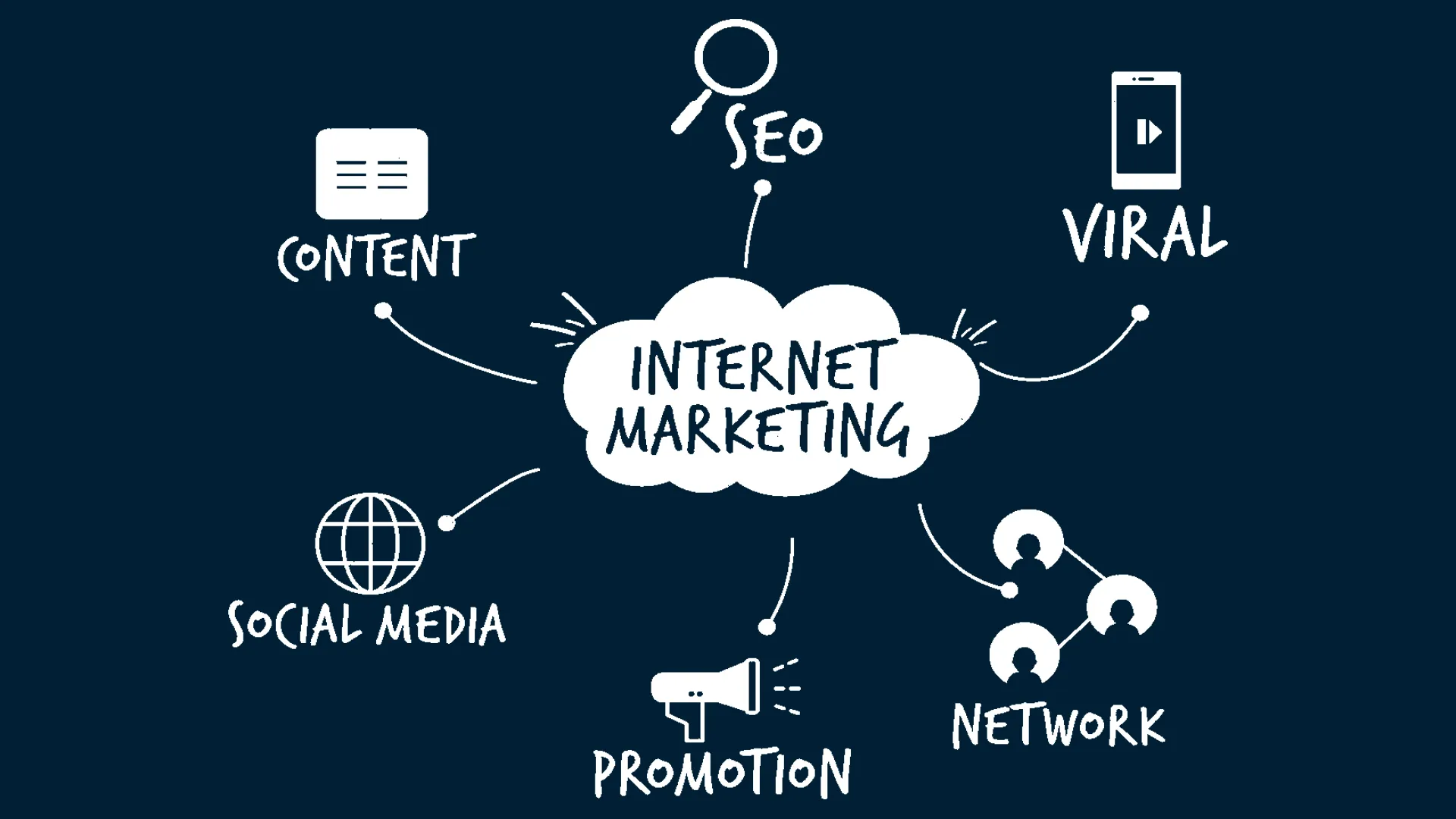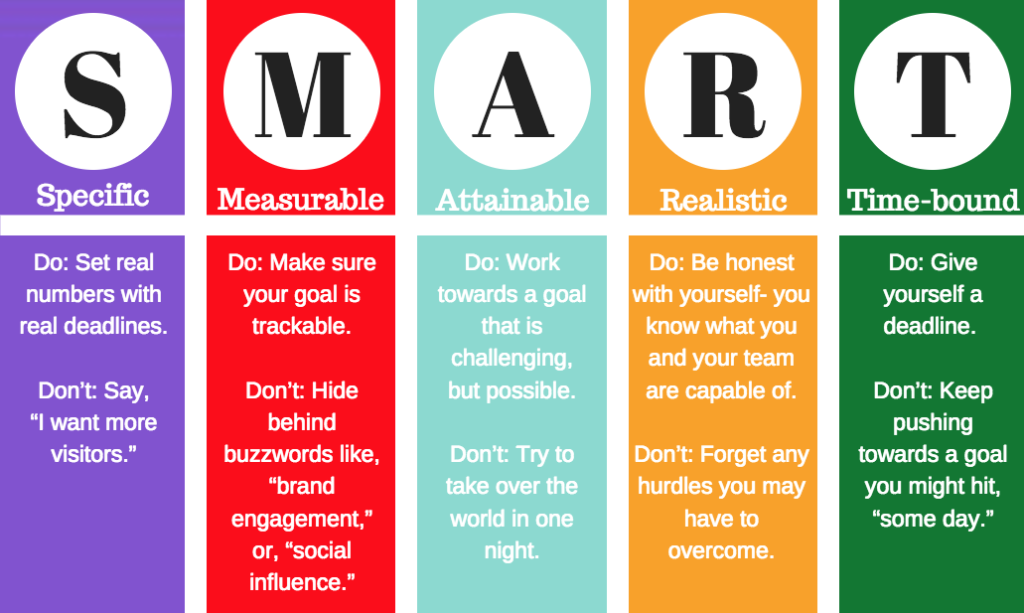What Is Social Media Marketing: Definition, Strategies,Advantages and Disadvantages
 |
| What Is Social Media Marketing: Definition, Pros and Cons, Strategies . Photo: 123Job |
If you are planning to open a business, it is important to understand Social Media Marketing and its meaning, how to operate and its advantages in helping you develop your business strategies online.
In the article below, we will explain to you what is Social Media Marketing, its advantages and disadvantages, its use in reality, and how important it is to every company, big or small.
Social Media Marketing: Definition
 |
| Photo: Snowdrop Solution |
Social media marketing is the use of social media platforms to connect with your audience to build your brand, increase sales, and drive website traffic. This involves publishing great content on your social media profiles, listening to and engaging your followers, analyzing your results, and running social media advertisements.
The major social media platforms (at the moment) are Facebook, Instagram, Twitter, LinkedIn, Pinterest, YouTube, and Snapchat.
Why Is Social Media Marketing Important Today?
Today's consumers rush to browse social media when they want to know more about an organization or product because that’s where they’ll find others talking about that business.
What if you don’t have a social media presence? You’ll miss a great opportunity to make an impression.
Take a look at these stats from Oberlo to have a feel of why having a sound social media marketing strategy is imperative to business success in 2020 and beyond:
*71% of consumers who have had a positive experience with a brand on social media are likely to recommend the brand to their friends and family.
*90.4% of Millennials, 77.5% of Generation X, and 48.2% of Baby Boomers are active social media users.
*Facebook alone has over 2.7 billion monthly active users.
Your customers and prospects are using social media channels every single day, multiple times a day. Check out this blog to know how much time an average person spends on social media.
Social media is an ideal place for brands looking to gain insights into their audience’s interests and tastes. The way experts see it, smart companies will continue to invest in social media to achieve sustainable business growth.
Whether you want to launch a new product or a business, social media is the perfect launchpad to create a buzz around your initiatives. As we move further into the future of e-commerce, it’s clear that social media marketing isn’t just an option.
In an increasingly competitive environment, your business can’t afford to miss out on social media.
 Top 9 Richest Social Media Influencers In America Top 9 Richest Social Media Influencers In America Social media is where people express themselves, and follow their favourite topics, people, places etc. Here is our list of top 9 richest social media ... |
How Social Media Marketing Works
 |
| Photo: White Label Comedy |
Social media has changed the way we function as a society, including the way we connect with one another. As platforms like Facebook, Twitter, and Instagram took off, businesses also took notice. They began to use these sites to further their interests through social media marketing. That's because these sites are able to change consumer behavior.
Social media websites allow marketers to employ a broad range of tactics and strategies to promote content and have people engage with it. Many social networks allow users to provide detailed geographical, demographic, and personal information, which enables marketers to tailor their messages to what is most likely to resonate with users.
According to Buffer, there are five key pillars of social media marketing:
Strategy: This step involves determining goals, the social media channels to be used, and the type of content that will be shared.
Planning and Publishing: Businesses should draft plans of what their content will look like (i.e. will there be videos? Photos? How much script?) and decide when it will be put out on the platform.
Listening and Engagement: Monitoring what users, customers, and others are saying about the posts, brands, and any other business assets. This may require the adoption of a social media engagement tool.
Analytics and Reporting: Part of being on social media is knowing how far posts are going, so reports of engagement and reach are very important
Advertising: Purchasing ads on social media is a great way to promote and further develop a brand.
Because audiences can be better segmented than more traditional marketing channels, companies can ensure they focus their resources on the audience that they want to target using social media marketing. Some of the metrics used to measure the success of social media marketing (which is also known as digital marketing and e-marketing) include:
- Website reports, such as Google Analytics
- Return on investment (ROI)
- Customer response rates or the number of times customers post about a company
- A campaign's reach and/or virality or how much customers share content
Useful Social-Media Marketing Strategies for Companies
1. Start using chatbots
You may have already heard, but chatbots are in. This comes as no surprise as they are the one digital tool that can communicate and resolve problems for your customers without the potential need for any human interruption. In addition to the above, chatbots integrate with the platforms that consumers now feel most comfortable interacting with through social media. Platforms such as Chattypeople make integrating an AI-powered chatbot into your social media strategy easy.
2. Create a personalized experience for your customers
Chatbots are not only a great way to automate certain everyday tasks, and if implemented properly, your chatbot will allow you to create more personalized experiences for your customers. To do this, stop linking your advertisements solely to your landing pages, and create ads that redirect your audience to a Messenger window with your chatbot. Linking ads to your chatbot will:
Break the traditional views customers have of you only trying to sell to them.
Make your customer's experience more personal.
Boost your sales.
Create a loyal fan base.
3. Create an efficient content marketing strategy
Quality is key and content is no exception. Content marketing has been a prominent form of marketing for a long time and this is not set to change anytime soon. Many brands are not linking quality content with the right posting schedule and the correct frequency of posts. High-quality SEO content coupled with all the above will help you bring in the right customers at the right time. Aside from its ability to attract an organic audience, a good content marketing strategy can be implemented for free. Be sure to create a relevant hashtag strategy along with your optimized and thorough content.
4. Use brand advocates
Your best promotional tool is the people who love your brand. Instead of focusing all your efforts on finding new customers, why not leverage your current ones? In addition to your current customers, you could use your own employees. To use your employees as brand advocates, you should:
Create social media guidelines specific to your brand.
Tell your advocates about social media best practices.
Add a leader to each section of your social media advocacy plan.
Track the correct data to pinpoint areas for improvement and those that are doing well.
5. Establish a social media budget
Social media platforms are one of, if not the most important, forms of marketing. Allocating the right budget to your social media endeavors is crucial to your success. Not only this, leveraging that budget with the right strategy will be the most cost-effective way for you to reach your chosen target audience. Because social media is used on a much more personal level, you will also find that it is a place where you can make a much deeper connection with your customers.
Advantages and Disadvantages of Social Media Marketing
 |
| Photo: Creatopy |
1. Advantages
Customer Data Analysis
Sites like Facebook have third-party providers specializing in software and services for data segmentation and businesses using the data get the reward with their SMM adverts been seen by their intended customers. This is an advantage for advertisers but for users, it’s been a disadvantage as noted by the negative outcome of Cambridge Analytics use of Facebook user data in the US 2016 election.
Increased brand awareness
By 2021 Statista predicts over 3 billion people will be using social media in one form or another. Therefore given that almost every person owns a smartphone, desktop or laptop, and they spend a lot of time on social media sites, doing any sort of SMM if implemented correctly should at worst increase brand recognition for your business.
Generating engagement is vital, and it’s in the true nature of social networking so when people interact with your product posts greater awareness among other users occurs, and from here referrals and enquiries increase and then actual sales.
Better customer satisfaction
By and large, most humans seek to attract attention and acknowledgment, and the networking sites encourage it. It’s standard practice to take selfies, and that includes sharing images and videos of using products, etc.
Followers will like, comment, and share these posts, and before long prospective customers will ask questions relating to your products and services, and they expect a quick reply. It’s this immediacy of contact that improves customer satisfaction. Therefore when you’re attentive, and you respond directly within your page to queries, your page attracts more views from your followers and your customers’ networks.
Cost-effective
Social media marketing can be cost-effective when you know how to do it well. The initial creating of a new profile and signing in is free for almost every social media platform so getting set up is not a huge investment nor risk. However, you can burn through your marketing budget quickly by attempting to do it yourself without support from an SMM expert.
Increased inbound traffic
Online marketing should increase inbound traffic to your website. With SMM, when the campaign is expertly crafted with a one-click action from the channel to your website and ideally the product page, visitors will come and stay on your site if they like what they see and read. Therefore make sure your advert has a call to action and on the landing page avoid populating it with ‘noise,’ i.e. pop up banners and unintuitive features.
Provide value with high-value content on all pages and particularly on your product pages. Hence, the increase in traffic to your site from social media channels not only likes what they see but also converts into a sale or at minimum signs up for your newsletter.
2. Disadvantages
Exposure to competitors
Social media marketing enables you to study your competitors’ strategies. However, they can still study your business methods through your social media platform. This puts your business at the risk of being outdone.
Needs qualified personnel
To focus on core business issues, you will have to employ qualified personnel to manage your account. For example, to get the most from a WhatsApp Business multiple users account starting with using the platform’s API for business. Attempting to do this yourself end up costing you more than investing in the skills of a social media developer or marketer.
Slow returns on investments
Social media marketing is a long-term investment i.e. plan to run campaigns continuously.
Tarnish brand name
If a piece of negative information finds its way onto a social media platform, the public will have the chance to express their dissatisfaction. This will tarnish your product name and deter potential customers from establishing relationships and doing business with the brand.
Time-consuming
People may deliberately ignore your page because they may be interested in other sites. To get them to appreciate and share your posts may take time. For this reason, resources in terms of money and time must be allocated to ensure frequent publishing of aesthetic posts.
How To Create A Social Media Marketing Strategy
 |
| Photo: Social Media Marketing |
Step 1: Set Clear Goals And Metrics
What do you want to gain from your social media presence? Whether you want to increase your reach with followers or earn more dollars and cents, clearly define your goals and metrics.
Why is your company active on social media in the first place? Without having a clear goal in your mind, you won’t be able to determine the right direction.
Therefore, set your goals using the S.M.A.R.T goal framework, which means each of your goals should be:
Specific: the more specific you are with your goals, the easier it will be to set a clear strategy and expectations. If you want to increase brand awareness, be specific on how you want to do that. Let’s say your goal is to increase your Instagram following by 250 new followers per month.
Measurable: When you set specific goals, it becomes easier to measure your success. If you’re not getting 250 new followers per month, you can tweak your strategy to improve results.
Attainable: Sometimes companies get too ambitious and end up setting unrealistic, unattainable goals. Be sure your target is achievable given your resources. Now, it’s quite attainable to generate 250 new followers on Instagram.
Relevant: How your social media marketing goals are going to impact your bottom line? Will increasing your Instagram following help you achieve your business goals? Relevant goals are aligned closely to a business’s objectives.
Time-bound: Make sure to set deadlines. Again, be realistic when doing so.
Step 2: Research Target Audience
Learn as much about your audience as possible.
Your social media target audience is a group of people who are most likely to be interested in your business. They would share common demographics and behaviors. As you research your target audience, don’t hesitate to be highly specific. It will allow you to get into finer details and craft relevant content. You can’t target everyone. Or, your target audience is not everyone active on social media, especially when you run a small business.
Read More: How to Use Social Media for Business & Marketing
Step 3: Research Competitors
Your competitors are using social media. Aren’t they?
Dig deep into what your competition is up to.
You can gain valuable insight by simply reviewing your competitors’ social presence. Competitor's analysis tools can be of great help in this regard.
Conduct a competitive analysis
There’s a lot you can learn from your competitors; for example, what strategies are and aren’t working for them. A competitive analysis not only identifies your competitors but also gives you a good sense of what you can expect from your social presence.
Follow these steps to have a clear picture of who you’re competing against:
Identify your competitive keywords: prepare a list of relevant keywords with data on competition and search volume. These keywords will help you narrow your definition of competitors.
Find out who’s ranking for your targeted keywords: Select the top 10 keywords that are most relevant to your business. Plug them into Google to find your top competition.
Browse social using your keywords: Now use your top keywords to see who comes up top in social results. For instance, plug those keywords in the Facebook search bar to see who shows up.
Find out brands your audience is following: Twitter Analytics and Facebook Audience Insights help marketers find what other brands their audience follows.
Step 4: Determine Which Social Media Platforms You Will Advertise On
As discussed earlier, not all social channels are created the same.
Each platform has its own rhythm and a particular set of users with their own characteristics as to how they interact with content.
A person using YouTube to watch their favorite show might not use Linkedin for the same reason.
Since there are hundreds of social media platforms out there, you can’t just include every platform in your strategy.
Also, you can’t publish the exact same content on every platform. So, it’s important to do some homework when choosing the ideal platforms for your marketing strategy.
Step 5: Create Engaging Content
At this point, you should have a good idea of what platforms to cover. It’s time to talk about content and how to make it more relevant and engaging.
Creating shareable and enjoyable content boils down to understanding the psychology of your audience. You can then understand exactly what makes them happy and excited.
Content is whatever you post: a tweet, a photo of your product on Instagram, a Facebook status update, a blog post on LinkedIn, and so on. You need to custom-tailor your content to each platform AND keep it relevant to your audience.
Step 6: Advertise Social Media Posts
It’s hard to get your content noticed on the web, especially on social media where almost half of the content gets zero shares.
To make the most of your social media, follow the 80/20 rule which says, “spend 20% of your time creating content and the rest (80%) promoting it”.
I am sure you have heard the phrase, “If the content is king, distribution is queen”.
Content creation is a time-consuming process. If you create great content in the first place, it would become a lot easier to drive engagement. Unfortunately, most people don’t post high-quality content and end up producing nothing for their business.
So, first of all, your content should offer exactly what your audience is looking for. And then you can boost engagement and visibility using paid social.
Most of the leading social media platforms allow you to run advertisements. You can run paid social campaigns to meet specific business goals at a relatively low cost.
Step 7: Analyze Results Frequently
Your social media marketing strategy is a major part of your overall marketing plan. It’s hard to get it right the first time.
As you start to implement your strategy and measure performance, you may find that some of your tactics don’t work as well as anticipated.
Therefore, it’s essential to analyze your results so that you identify and fix issues.
 How to Use Social Media for Business & Marketing How to Use Social Media for Business & Marketing Social media allows even the smallest business to interact with the wider world. Check out this article or dive into how to use social media ... |
 What is Social Media Management? What is Social Media Management? Social media management tools and services are designed to make marketing easier, which ultimately increases profits, especially for small businesses. Check out this article to ... |
 Top 9 Richest Social Media Influencers In America Top 9 Richest Social Media Influencers In America Social media is where people express themselves, and follow their favourite topics, people, places etc. Here is our list of top 9 richest social media ... |
 Top 15 Most Popular Social Networks in the World Top 15 Most Popular Social Networks in the World Social networking sites have proved their important role in both the work and life of people in the world. Let’s join with us to explore ... |


























